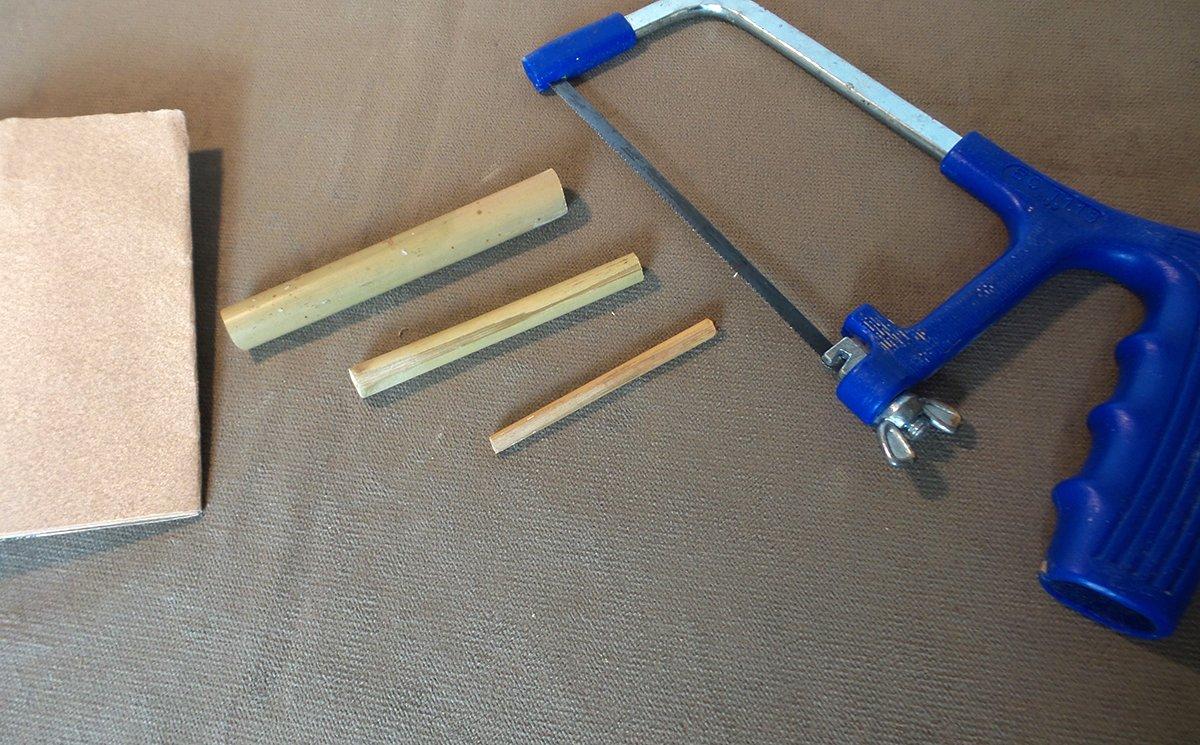Make Your Own Using Michael Pendley's Tips
By the late 1800s, Charles L. Jordan (1841-1909) began publishing how-to articles on turkey hunting, and making calls from wingbone and cane. Sources indicate he may have crafted them for decades before. After Jordan's murder by a poacher, his writing on wild turkey hunting was compiled by Edward A. McIlhenny. Jordan's work posthumously appeared as articles, and was subsequently published as The Wild Turkey and Its Hunting in the fall of 1914, a work bearing McIlhenny's name – the first turkey hunting book ever.
Wingbone yelpers, used by Native Americans, were tools of utility, made to lure in and help kill turkeys. Jordan's work – aided by McIlhenny – documented our tradition, essentially kick-starting the era of wild turkey literature. Important origins of modern callmaking began with Jordan.
Detailed in the posthumous book, the Jordan yelper – stated as his own invention – includes bone, silk, nickel and cane. Jordan preferred a hen's radius for the mouthpiece. By his instruction, this section is glued into a cane reed joint. The inserted bone tip, as described in the McIlhenny book, is first wrapped with tissue paper wet with glue for an air-tight fit.
A second cane joint is added to the middle section, cut for the desired calling tone. Connecting pieces are silk-wrapped. Nickel-plating is fitted on the cane. Both add strength and visual appeal, Jordan implies.
Michael Pendley, Realtree.com's Timber2Table food blogger and avid turkey hunter, offers his recipe here for building a bamboo wingbone-style yelper. Scroll down for DIY steps in each of the five click-through frames.
– Steve Hickoff

Materials:
- Bamboo
- Fine-tooth saw (hack or coping)
- Glue
- Sandpaper
- Length of wire for cleaning out bamboo sections
- Optional for decoration: Thread and spray polyurethane
Step 1: Cut the bamboo, between the joints, into three sections, each progressively smaller in diameter than the one before. Using the sandpaper, shape the upper end of each section so that it fits tightly into the next one up in size.
Step 2: Use the wire to clean any debris from inside each section. Blow any loose debris out and verify that air passes freely through each tube.
Step 3: Test fit the call together and check for tone. Adjust the tone by making the trumpet end longer or shorter to raise or lower the tone of the call.
(Michael Pendley DIY tips/photo)

Step 4: When you are satisfied with the sound, mark the location of each tube inside the one before, so that you can put it back together at the same length. Disassemble the call and place a bit of glue from your marked line up to cover the area that will be inserted into the next tube. Careful not to get glue over the end of the tube and block airflow.
Step 5: Reassemble the call and allow the glue to dry.
(Michael Pendley DIY tips/photo)

Step 6: Round and smooth the small end of the call to make a comfortable mouthpiece.
Step 7: Make the call your own by dating or signing it. To spiff up the call's appearance, wrap thread tightly below each joint. To protect the call for years to come, spray on a light coating or two of polyurethane.
(Michael Pendley DIY tips/photo)

Step 8: To call, cup your hands over the trumpet (large end) and place the mouthpiece to your tightly closed lips. Inhale sharply to make a kissing sound. Don't worry if you don't sound like a turkey on your first attempt. Keep practicing. Try different hand and mouth positions until you get it dialed in.
(Michael Pendley calling tips; Cheryl Pendley photo)

Building your own turkey call, then using it to lure in a gobbler, is a satisfying deal.
Go here for tips on making a wingbone turkey call.
(Bill Konway photo)
Editor's note: This Realtree.com post was first published April 12, 2016.






